Bulbs
Flower Basics
Flower Beds & Specialty Gardens
Flower Garden
Garden Furniture
Garden Gnomes
Garden Seeds
Garden Sheds
Garden Statues
Garden Tools & Supplies
Gardening Basics
Green & Organic
Groundcovers & Vines
Growing Annuals
Growing Basil
Growing Beans
Growing Berries
Growing Blueberries
Growing Cactus
Growing Corn
Growing Cotton
Growing Edibles
Growing Flowers
Growing Garlic
Growing Grapes
Growing Grass
Growing Herbs
Growing Jasmine
Growing Mint
Growing Mushrooms
Orchids
Growing Peanuts
Growing Perennials
Growing Plants
Growing Rosemary
Growing Roses
Growing Strawberries
Growing Sunflowers
Growing Thyme
Growing Tomatoes
Growing Tulips
Growing Vegetables
Herb Basics
Herb Garden
Indoor Growing
Landscaping Basics
Landscaping Patios
Landscaping Plants
Landscaping Shrubs
Landscaping Trees
Landscaping Walks & Pathways
Lawn Basics
Lawn Maintenance
Lawn Mowers
Lawn Ornaments
Lawn Planting
Lawn Tools
Outdoor Growing
Overall Landscape Planning
Pests, Weeds & Problems
Plant Basics
Rock Garden
Rose Garden
Shrubs
Soil
Specialty Gardens
Trees
Vegetable Garden
Yard Maintenance
How to Create a Monarch Waystation
How to Create a Monarch Waystation. Monarch butterflies migrate every fall south to Mexico. Creating a waystation in your yard can provided monarchs with a much-needed habitat for feeding, mating and rearing young.
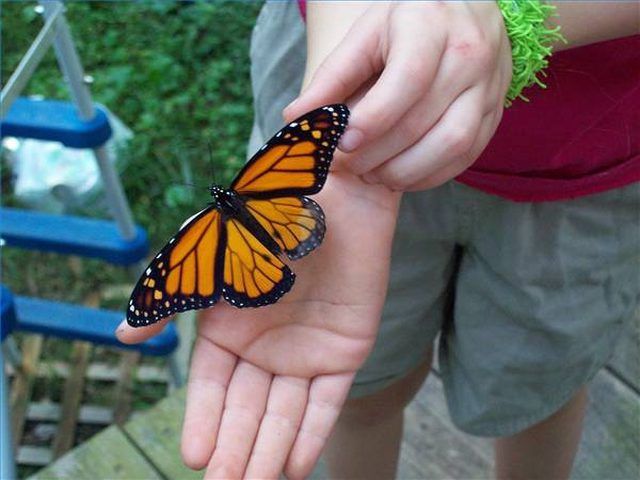
Monarch butterflies migrate every fall south to Mexico. Creating a waystation in your yard can provided monarchs with a much-needed habitat for feeding, mating and rearing young.
Things You'll Need
Nectar plants to provide food
Water source
Milkweed plants to rear young
Choose the site. It can be any size, anywhere in your yard. Choose a spot that gets plenty of sunshine every day. You might want to locate your way station in a part of the yard close to your home for easier access and viewing.
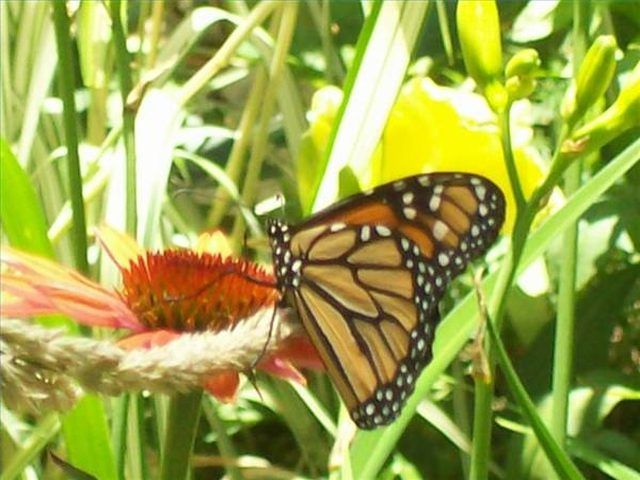
Choose the host plants. Milkweed is the food source for monarch caterpillars. A way station needs plenty of these plants available for adult monarchs to lay eggs on. Once the eggs hatch, the caterpillars will feed on the milkweed plants. For a certified way station, you'll need at least 10 milkweed plants.
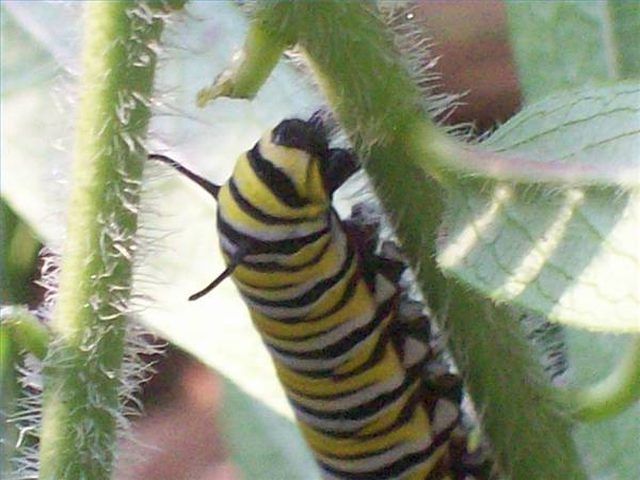
Choose nectar plants. Adult monarchs feed on a variety of nectar plants--mostly perennials--so be sure to provide plenty. Good choices would be zinnias, sedum, cosmos, shasta daisy, goldenrod, coneflowers, salvia, catmint, yarrow and butterfly bush.
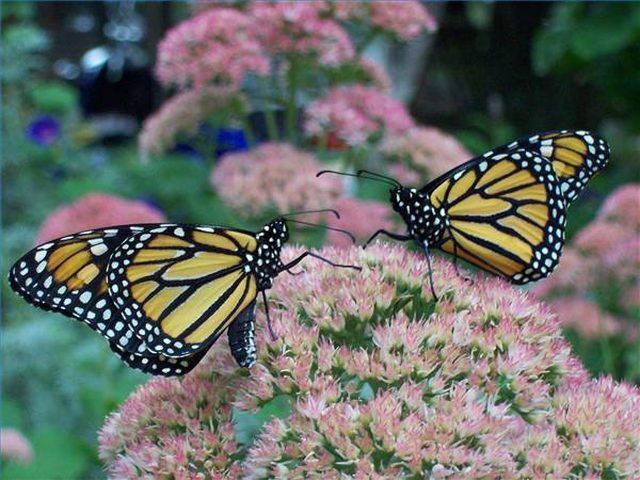
Provide access to water. A puddling area is a good thing to provide for butterflies. It can be as simple as a bird bath filled with sand and rocks, and a small amount of water. Use enough water to saturate the sand, but not so much that the rocks are completely covered.
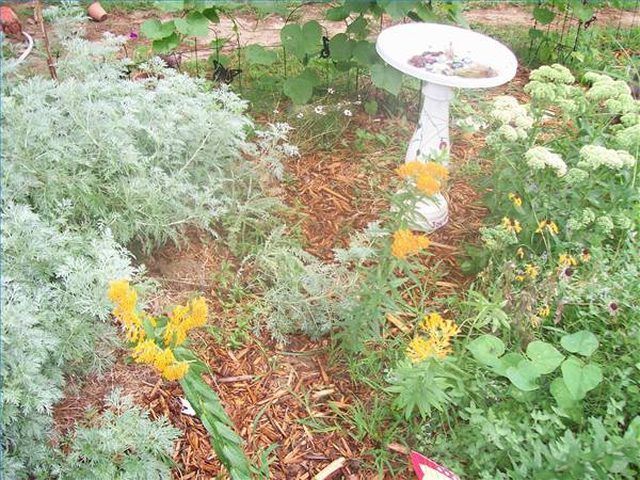
Create shelter for the monarchs. Plant flowers closely to provide needed shelter from predators for the butterflies and caterpillars.
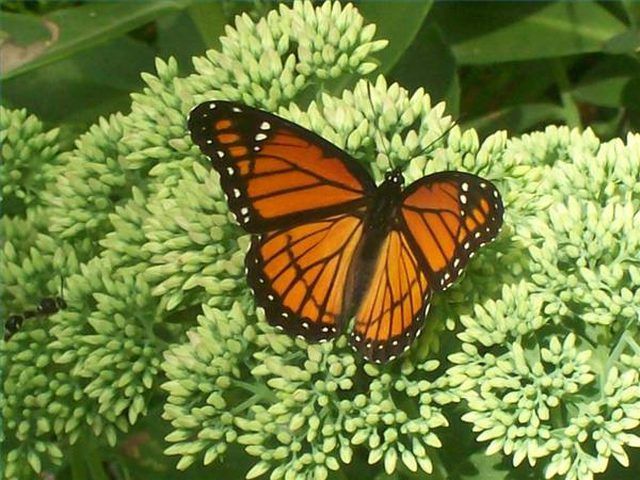
Certify your way station through Monarch Watch if you'd like (see Resources below). There is a small certification fee.
Tips & Warnings
Whether you choose to certify your way station or not, you'll enjoy creating the habitat and watching the visitors it will attract.